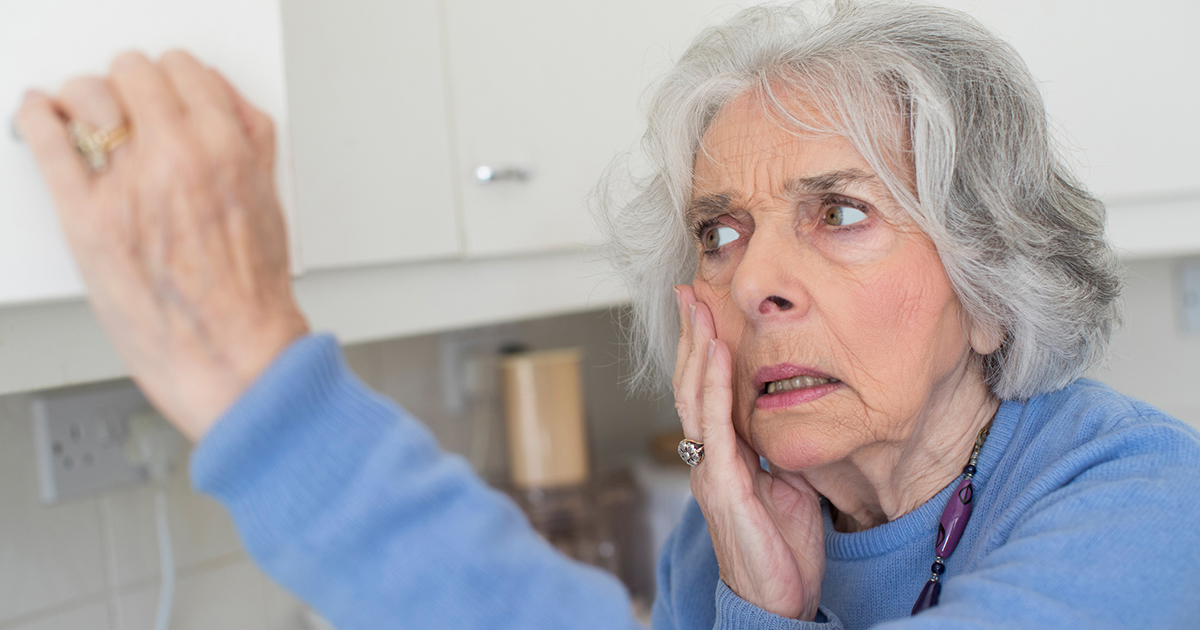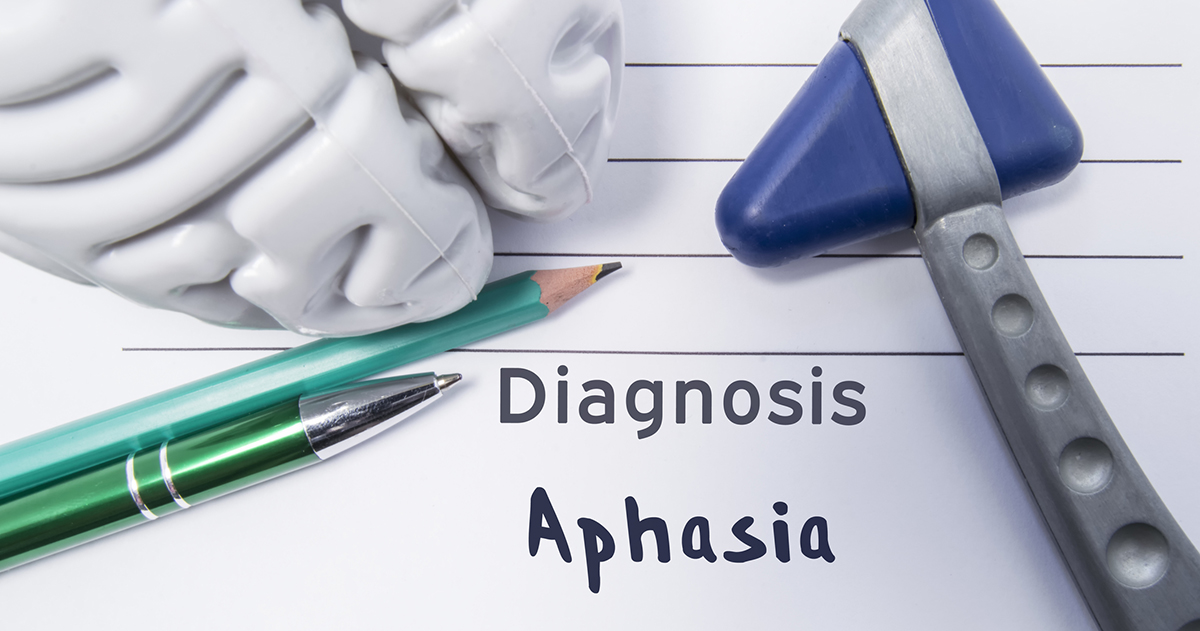Symptoms Of Moyamoya Syndrome
Moyamoya syndrome is a rare disorder in which a person's carotid artery is narrowed or blocked over a period of time. This reduces the blood flow to the brain. At the base of the patient's brain, small blood vessels will open as they attempt to supply adequate blood to the brain. Unfortunately, the tiny blood vessel clusters won't be able to provide the required oxygen and blood, causing permanent or temporary brain injury. Since moyamoya disease is progressive, symptoms will often appear in small forms and worsen over time. It's very rare for moyamoya disease to appear in individuals who aren't of Asian descent, but it is possible. The syndrome appears most often in East Asian countries, particularly Japan, Korea, and China. Get to know the symptoms now.
Seizures

A patient with moyamoya syndrome may suffer seizures as a result of the brain damage. Seizure activity occurs when a person reacts to abnormal electrical activity throughout their brain. Epileptic seizure activity is most commonly known, as individuals with epilepsy often experience abnormal electrical pulses and subsequent seizure activity. However, in patients with moyamoya syndrome, the onset will be unusual. There won't be another medical explanation for the episode. As the condition progresses, seizure activity may become more and more frequent.
The specific seizure symptoms will vary depending on the part of the brain involved. Most individuals are familiar with convulsions, falls, and shaking brought on by seizures. In some cases, behavioral changes can be a sign of seizure activity, especially if combined with a blackout and confusion. When a person experiences a seizure without ever having had one before, they should receive medical attention immediately. Additionally, seizure activity lasting longer than five minutes should receive medical care, even if the person has a seizure disorder.
Continue reading for the symptom related to declining health.
Cognitive Decline

When a patient has moyamoya syndrome, their brain is slowly starving of oxygen. There will be a slow but marked decline in their cognitive abilities. The brain will begin to die from lack of blood flow and oxygen. As brain damage becomes more extensive, more cognitive abilities will be impaired.
The exact symptoms of cognitive decline are variable because they depend exclusively on what area of the brain is damaged. If the prefrontal cortex becomes damaged, a person's basic consciousness and thoughts may become impaired. A damaged amygdala will impair a person's ability to process their emotions, which could result in unpredictable mood swings and angry outbursts. If any part of the brain that governs the physical body is affected, the neural decline will cause the body to stop working the way it's meant to.
Continue reading to learn about when headaches may indicate this condition is present.
Headaches

In the United States, headaches are the most common reported cause of physical pain. The majority of these aches are not a sign that serious health complications have occurred. However, unusually intense aches, aches that increase in frequency and pain level, and aches that accompany other neurological symptoms should always be evaluated by a medical professional.
In some cases, the headache will be caused by an underlying health condition. Moyamoya syndrome can cause debilitating head pain due to the lack of oxygen getting to the brain. When other health conditions cause head pain, it is called secondary head pain.
Moyamoya syndrome isn't the only condition that causes head pain due to lack of blood flow in the brain. Chronic lung conditions like COPD can cause the blood to be under-oxygenated, which keeps the brain from getting enough oxygen. Oxygen deprivation and head pain caused by moyamoya syndrome will increase in intensity as the blood vessel narrows more or closes entirely.
Continue reading to learn about the symptom related to language.
Aphasia

Aphasia is a language impairment caused by brain damage. Moyamoya patients will often experience worsening aphasia as their disease progresses. This symptom typically presents with other cognitive impairment and signs of neurological degeneration.
In many cases, aphasia occurs because of a traumatic brain injury. If a person is experiencing this symptom without any known brain injury, this is a sign that they have a serious condition affecting their neurological capacity. Aphasia occurs most commonly during a stroke, and frequently, a stroke is the first noticeable symptom a moyamoya patient experiences.
Aphasia patients might have difficulty speaking and remembering words. They might also have trouble understanding words being spoken to them. The impairment may appear as an inability to write or read in the person's native language.
Continue reading to reveal the kind of weakness to watch out for.
Weakness On One Side

Weakness on one side of the body is a sign of a stroke or transient ischemic attack. Transient ischemic attacks (TIA) are miniature strokes that might become recurrent in moyamoya patients, with frequency increasing as the disease progresses.
Seek emergency medical attention if you notice you or another person is experiencing stroke or TIA symptoms. Even if the symptoms fluctuate or seem to go away, you still need to have a neurological exam.
When you suspect someone has had or is having a stroke, remember to think 'FAST.' Check the person's face by asking them to smile. Is one side of their face drooping? Ask them to raise both arms. Are they able to do so? Are both arms raised to the same height? Check their speech by asking them to repeat simple phrases. Does the speech sound odd or slurred? With strokes, time is of the essence. Observing any of these signs means you need to call 911 right away.